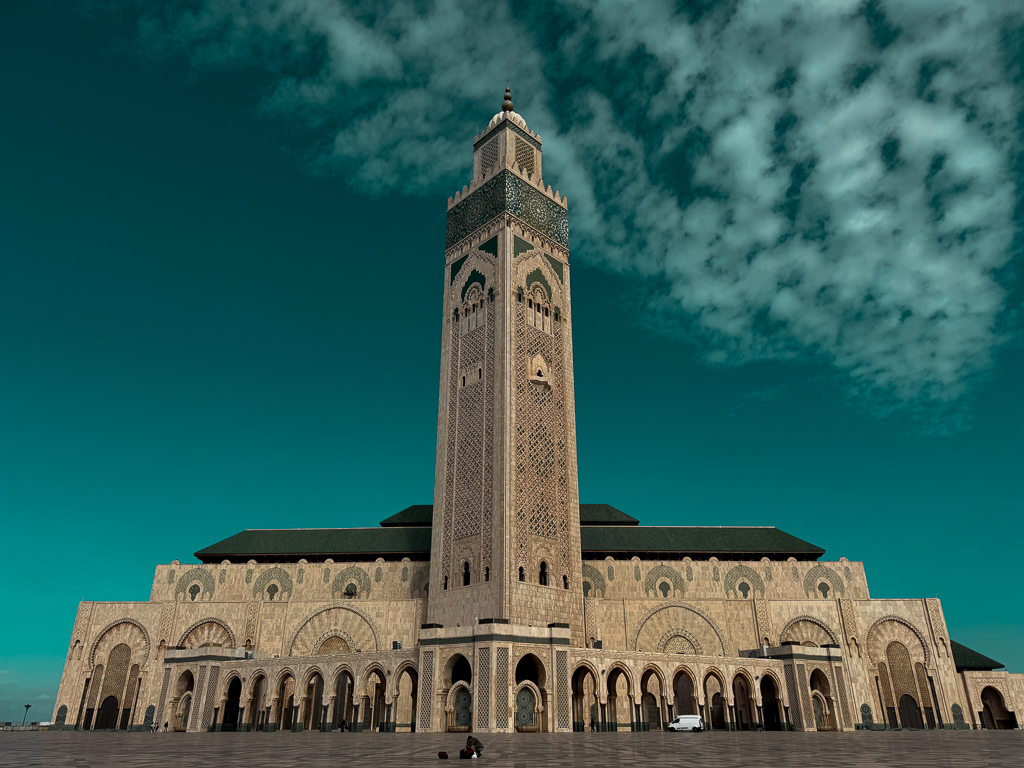Day Trip to Marrakesh: Navigating Morocco’s Ancient Medina
First Impressions of Marrakesh
November 2013: Over the years, I’d found myself repeatedly passing through Casablanca on brief, overnight stopovers, but never venturing far beyond the airport or nearby hotels. Finally, on a long layover in November 2013, I decided it was time to explore deeper into Morocco, embarking on a full-day journey to Marrakesh. Marrakesh, a city founded a thousand years ago, had always fascinated me with its tales of winding alleyways, donkey carts, and bustling markets. I knew it would be touristy, packed with snake charmers and vendors competing aggressively for every dollar, yet I was determined to experience its renowned charm firsthand.
The Journey to Marrakesh
Since the train schedules didn’t align with my timing, I opted to hire a private car from Casablanca. It was a comfortable and efficient way to reach Marrakesh, giving me the flexibility to enjoy a full day in the ancient Medina before returning to Casablanca later that evening.

Marrakesh Location
Arrival and Reality Check
My mental image of Marrakesh was immediately challenged upon entering the outskirts of the city. Modern buildings and bustling traffic greeted me first, but as we drew closer to the city’s historic center, the scene shifted dramatically. Suddenly, I was immersed in the Marrakesh I’d imagined—ancient walls, crowded market stalls, and, of course, plenty of tourist buses lining large parking lots. My driver dropped me off near the central square, Jemaa el-Fnaa, the pulsating heart of the old Medina.
The Vibrant Chaos of Jemaa el-Fnaa
The main square was alive with action—and not all of it pleasant. Packed with vendors, tourists, and aggressive touts, this was the epicenter of Marrakesh’s notorious tourist hustle. It was also sobering to recall that just a year earlier, a suicide bomber had targeted this very spot, tragically killing dozens of tourists. Although such events are rare, I stayed vigilant amidst the vibrant chaos.
Unfortunately, my first interactions weren’t ideal. Vendors here are famously aggressive, turning even simple transactions into tense negotiations. When a smoothie vendor tried to deny me my change, insisting falsely that he had none, it took threats of involving the police before he relented. His parting gift? A string of vulgar obscenities hurled in my direction.

kasbah-old walled citadel and mosque

fruit vender
Exploring the Medina’s Winding Alleyways
Leaving the tumult of the main square behind, I ventured into the labyrinthine alleyways of the Medina. Here, the atmosphere shifted—young boys skillfully guided donkey carts through narrow passages lined with Berber men clad in traditional djellabas, selling everything from spices to souvenirs. These alleyways captivated me, their mystery inviting exploration.
As I wandered deeper, the crowds thinned, and quiet replaced chaos. These alleys felt more authentic, more peaceful. Yet, signs soon made it clear that some residential areas were off-limits to tourists, clearly signaling that locals had grown weary of disrespectful visitors. Respectfully, I kept my explorations to the more public areas, savoring their calm charm.

Marketplace

Marketplace

Residential alleyways

Donkeycart in residential alleyway

Door in a residence
Encounters with Snake Charmers
No visit to Marrakesh would be complete without encountering its famous snake charmers. Though aware of their reputation for aggressive tactics, my fascination with snakes—especially cobras—drew me in. I cautiously negotiated a price for photos beforehand, careful to refuse their insistence on draping snakes over me, a notorious tactic for demanding additional payment. After quickly capturing my photographs, I politely yet firmly departed, resisting their persistent demands for more money.
Despite their aggressive approach, it was fascinating to witness the snake charmers’ performance, knowing these cobras had been defanged after being captured in Morocco’s countryside.

Defanged cobra and its charmer

Black cobra

Black cobra and other snakes
Saying Goodbye to Marrakesh
After nearly ten hours immersed in Marrakesh’s contrasting scenes—from chaotic squares to quiet alleys—I was ready to return to Casablanca. The day was intense, occasionally frustrating, but ultimately rewarding. It was a snapshot of a city that blends the ancient and the modern, chaos and calm, beauty and aggression.
With Marrakesh checked off my travel list, I eagerly looked ahead to my next adventure—Mali, where yet another new chapter awaited.
2024 – A Layover in Casablanca
From Timbuktu to One of the World’s Largest Mosques
On a return trip from Mali—after visiting the legendary city of Timbuktu—my friend Wes and I had a day-long layover in Casablanca, Morocco. Rather than wait it out at the airport, we decided to make the most of it. We hired a taxi and set off to visit one of the country’s most iconic landmarks: the Hassan II Mosque.
Hassan II Mosque
Modern Grandeur Built by the People
Completed in 1993, the Hassan II Mosque isn’t ancient, but it’s one of the most impressive religious structures I’ve ever seen. It ranks among the largest mosques in the world, and what makes it truly remarkable is its location on the Atlantic Ocean, with part of the structure extending over the water.
Its sheer scale, intricate tile work, and towering minaret (the tallest in the world) make it a marvel of modern Islamic architecture. But perhaps the most inspiring part of its story is that much of its funding came from the Moroccan people, who voluntarily donated to support its construction—a rare and powerful example of collective effort and national pride.

Hassan II Mosque, Casablanca

